Scooped in Science? Relax, Credit Will Come Your Way
A study of protein databases shows that discoverers who are second to publish still end up getting a substantial portion of the recognition.
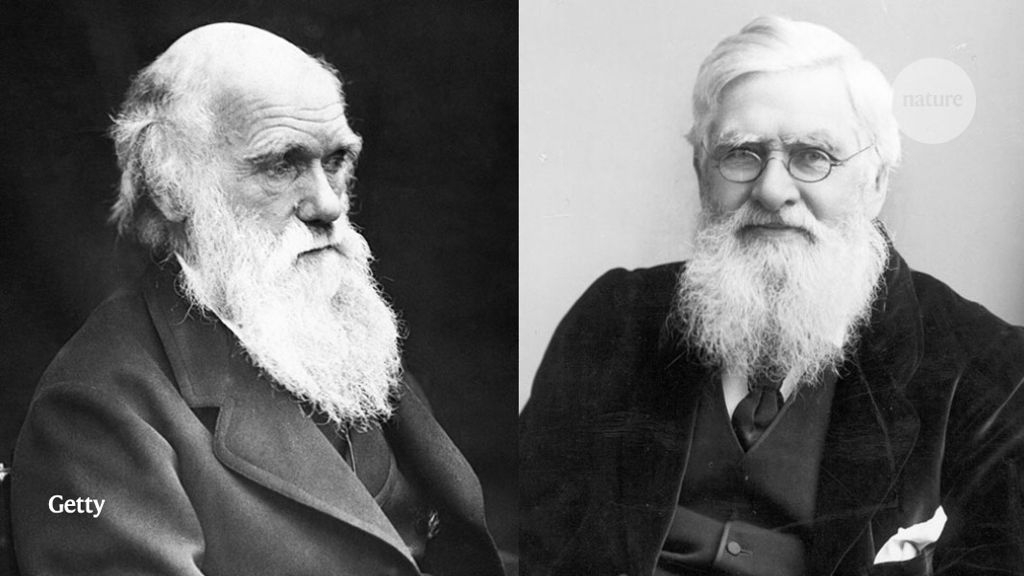
Send us a link
A study of protein databases shows that discoverers who are second to publish still end up getting a substantial portion of the recognition.

Publishers rarely make publication fee spending for hybrid journals transparent. Elsevier is a remarkable exception, as the publisher provides open and machine-readable data relative to its central invoicing with funding bodies and fee waivers at the article level.
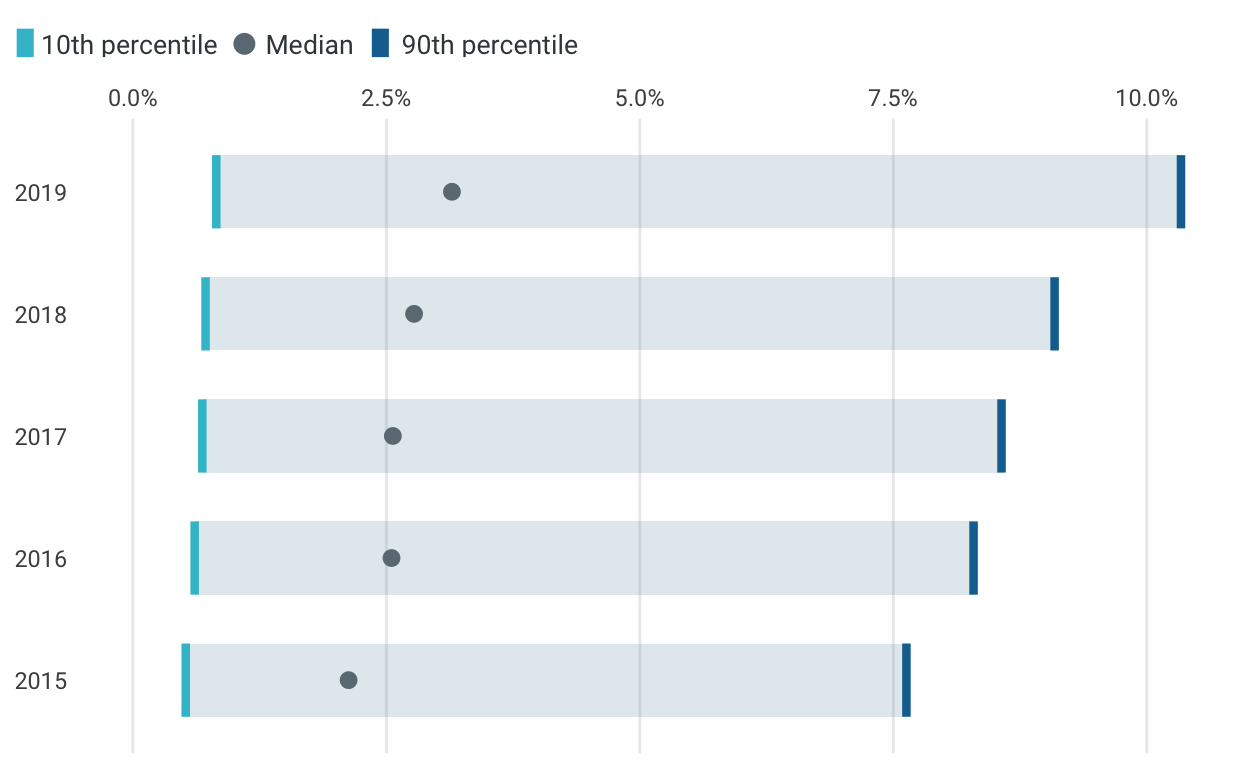
The publisher is committed to financial sustainability. How it achieves it is an open question.

Managing a New University Press (NUP) is often a one-person operation and, with limits on time and resources, efficiency and effectiveness are key to having a successful production process and providing a high level of author, editor and reader services. This article looks at the challenges faced by open access (OA) university presses throughout the publishing journey and considers ways in which these challenges can be addressed. In particular, the article focuses on six key stages throughout the lifecycle of an open access publication: commissioning; review; production; discoverability; marketing; analytics. Approached from the point of view of the University of Huddersfield Press, this article also draws on discussions and experiences of other NUPs from community-led forums and events. By highlighting the issues faced, and the potential solutions to them, this research recognises the need for a tailored and formalised production workflow within NUPs and also provides guidance how to begin implementing possible solutions.

The practice was probably used to improve the children's chances of securing a university place.
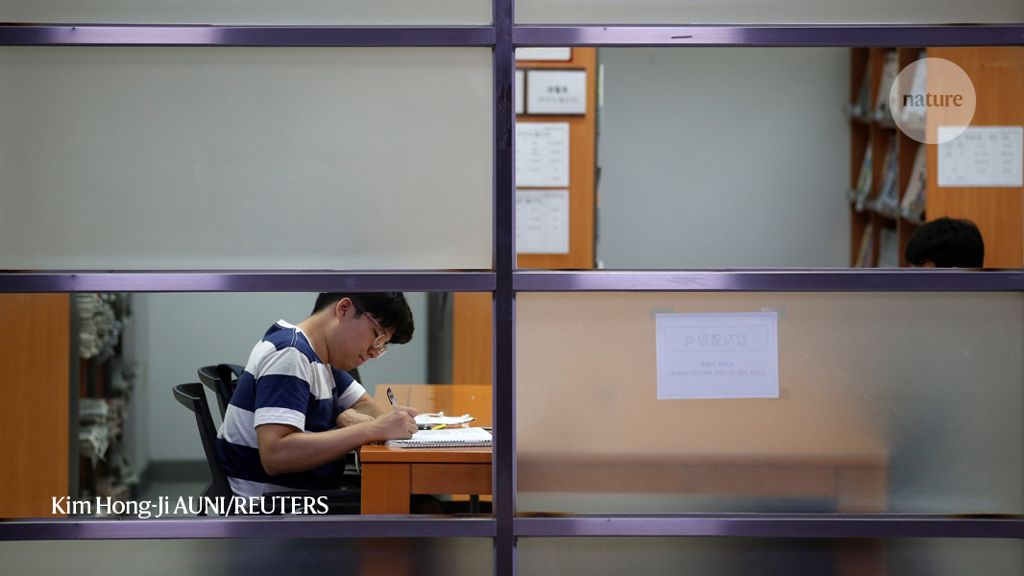
Study finds that the number of publications in open access journals rises every year, while the number of publications in questionable journals decreases from 2012 onwards. Both early career and more senior researchers publish in questionable journals.
In order to align incentives with good science, we need to move to a system in which work that is well thought-out, well carried-out, and well communicated – regardless of the ‘story’ it tells – is given the highest reward. Changing what is rewarded will change what is done.
In exchange for full open access Elsevier requests full cooperation in a number of (meta)data projects. Initial responses to the proposed deal show a fear of 'vendor lock-in'.
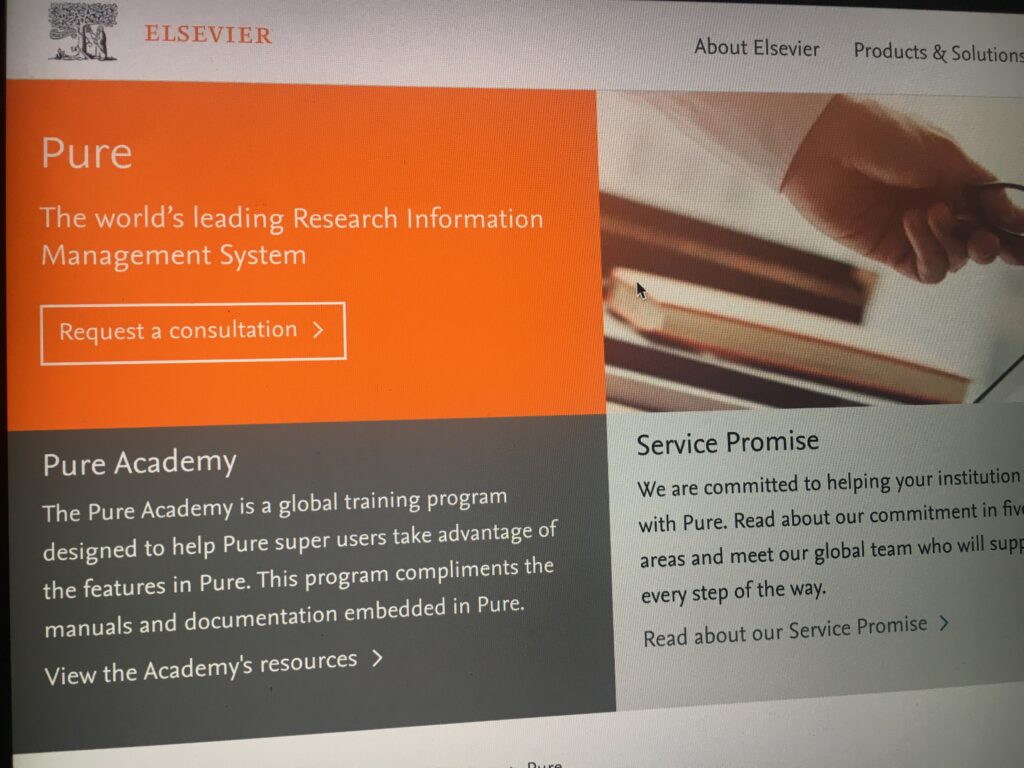
Unpaywall Journals needed data on whether a given journal is associated with an academic society, to help inform librarians in their subscription decisions. Alas there was no open source of this information. There is now!
Sudip Parikh will become the new CEO of AAAS (which publishes Science) as the 171-year-old association pursues its mission to advance science and serve society.

Former scientist, turned publisher, turned research program director, Milka Kostic is uniquely placed to look at publishing from a researcher and a publisher perspective. In this interview, she shares her thoughts on both.

EMBO and EMBO Press are making their journals' finances public to provide transparency and clarity about what it costs to publish articles in high quality, selective journals.
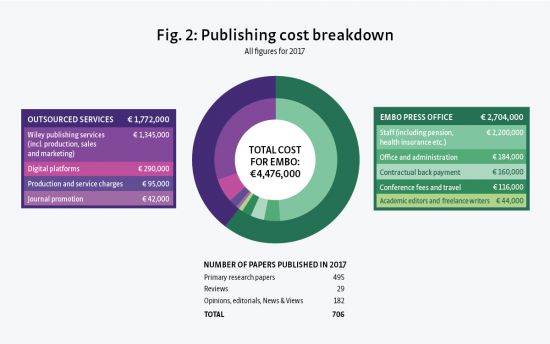
Based on the data collected for the 2019 Big Deals Survey Report, this publication aims to deliver additional transparency of the dynamics of the scholarly publishing market by providing insights and indicators on the costs, publication volumes and timelines of Big Deal contracts.
Recent allegations of copyright violations against a professor who shared his own work on his website spark debate about ownership and whether peer reviewers should be paid.
Numerous recommendations and guidelines aim to improve the quality, timeliness and transparency of medical publications. However, these guidelines use ambiguous language that can be challenging to interpret, particularly for speakers of English as a second language. Cultural expectations within the Asia-Pacific region raise additional challenges and several studies have suggested that awareness and application of ethical publication practices in the Asia-Pacific region is relatively low compared with other regions. However, guidance on applying ethical publication practice guidelines in the Asia-Pacific region is lacking. This commentary aims to improve publication practices in the Asia-Pacific region by providing guidance on applying the 10 principles of the Good Publication Practice 3 (GPP3) guidelines and the International Committee of Medical Journal Editors (ICMJE) criteria for authorship. Recommendations are provided for encore presentations, applying the ICMJE authorship criteria in the context of regional cultural expectations, and the role of study sponsors and professional medical writers. Ongoing barriers to compliance with guidelines are also highlighted, and additional guidance is provided to support authors submitting manuscripts for publication. The roles of regional journals, regulatory authorities and professional bodies in improving practices are also discussed.
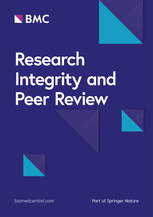
The gene-edited bull was a marvel, with calves who'd inherited his trait. But a surprise in his DNA ignited a scientific feud and doomed them all.

In this interview, Aileen Fyfe, professor of modern history at the University of St. Andrews, shares an abridged history of journal publishing at scholarly societies and her thoughts on how scholarly publishing's past can influence its present.

Publishers, reviewers and other members of the scientific community must fight science's preference for positive results - for the benefit of all.

Robert Harington suggests that despite the critical role of scholarly societies in publishing and academia, the sad reality is it is the big corporate publishers who win.

Objective To conduct a time-cost analysis of formatting in scientific publishing. Design International, cross-sectional study (one-time survey). Setting Internet-based self-report survey, live between September 2018 and January 2019. Participants Anyone working in research, science, or academia and who submitted at least one peer-reviewed manuscript for consideration for publication in 2017. Completed surveys were available for 372 participants from 41 countries (60% of respondents were from Canada). Main outcome measure Time (hours) and cost (wage per hour x time) associated with formatting a research paper for publication in a peer-reviewed academic journal. Results The median annual income category was US$61,000-80,999, and the median number of publications formatted per year was four. Manuscripts required a median of two attempts before they were accepted for publication. The median formatting time was 14 hours per manuscript, or 52 hours per person, per year. This resulted in a median calculated cost of US$477 per manuscript or US$1,908 per person, per year. Conclusions To our knowledge, this is the first study to analyze the cost of manuscript formatting in scientific publishing. Our results suggest that scientific formatting represents a loss of 52 hours, costing the equivalent of US$1,908 per researcher per year. These results identify the hidden and pernicious price associated with scientific publishing and provide evidence to advocate for the elimination of strict formatting guidelines, at least prior to acceptance.
Wegen teurer Fachmagazine boykottierten Hochschulen lange Großverlage. Nun gibt es Einigungen zwischen beiden Seiten - aber glücklich sind nicht alle.
MDPI is a publisher of peer-reviewed, open access journals since its establishment in 1996.
Every five minutes or so, someone tries to come up with a cost-per-article figure for academic publishing. Martin Paul Eve explains why he finds himself wanting to resist the temptation.
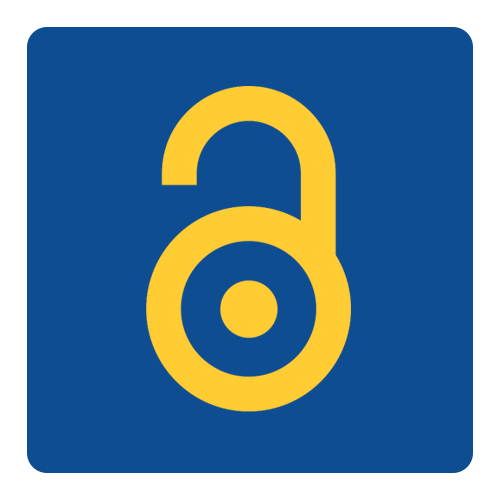
A major push by science funding agencies in Europe to make the research they back freely available at the point of publication is the world's best chance of fundamentally altering scientific publishing, says the new coordinator of Plan S, Johan Rooryck.

Researchers should be required to pass exams accredited by professional bodies to prove they have the skills to publish.
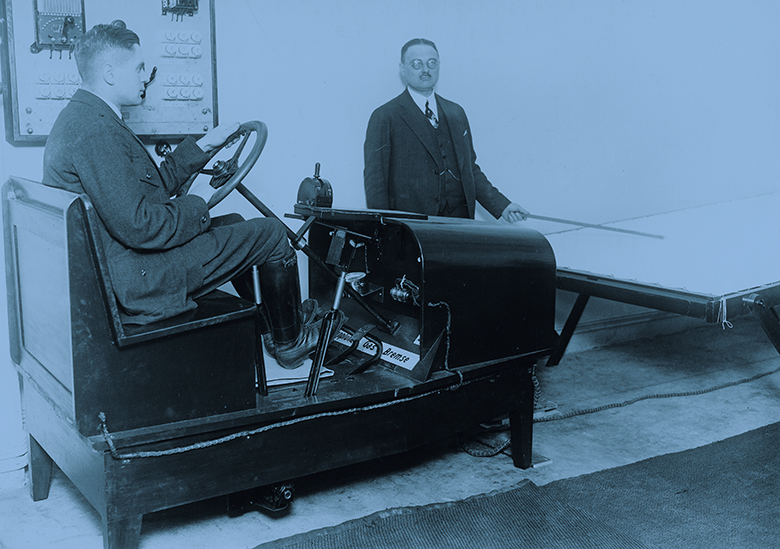
Kathryn M. Rudy considers the huge expenses of doing scholarly work in her field of art history.
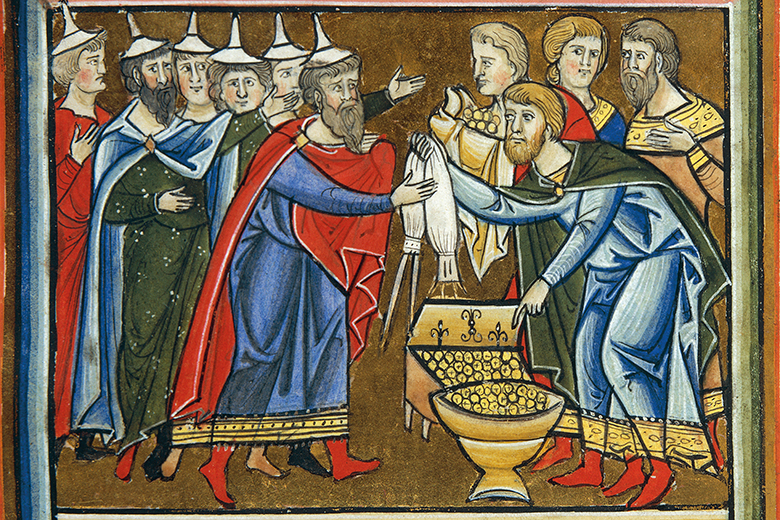
Many researchers still see the journal impact factor (JIF) as a key metric for promotions and tenure, despite concerns that it’s a flawed measure of a researcher’s value.
Comment on a Times Higher Education on a strange and awkward piece from a representative of Elsevier.